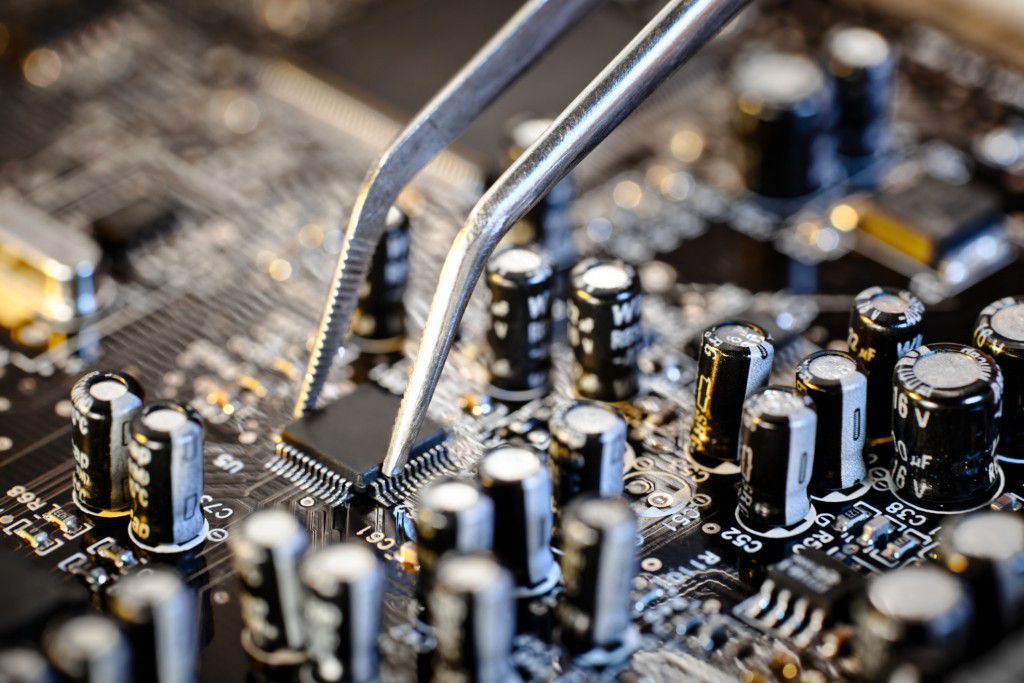The Internet of Things Manufacturing Series, Part 2: driving transformation in the high-tech segment

In part two of my three-part Internet of Things (IoT) series, I next take a deeper look at the potential of IoT for high-tech & electronics manufacturing.
The Internet of Things for high-tech manufacturing
In my last blog post on IoT for automakers, I talked about the huge transformation happening based on our digitally-connected world and consumers’ changing buying behaviors. This same trend is true in the high-tech & electronics segment, probably more than any other B2C segment.
In a B2C environment, manufacturers need to excite consumers so they stay with their brand. To do this, business models drastically need to change, moving from an asset-centric transaction to a service-centric relationship model. Instead of selling only a manufactured product, manufacturers are also looking to sell value-added business services that go along with their product to create a rich and exciting connected consumer experience. It’s critical.
With hardware so commoditized, it’s the only way that manufacturers can make money. According to Gartner, top performing manufacturing companies earn 50 percent of their revenues from services. This is a big change in the high-tech & electronics segment, and the trends in IoT can now help you transform to create service-centric relationships and deliver new customer experiences.
Connected customer experiences
IoT and its connectivity is driving new, connected consumer experiences and ongoing services by transforming products into smart, connected ones like the smart TV where manufacturers can also sell services through the product and provide a rich, connected experience.
Samsung Electronics is a great example of this, offering a variety of additional content and services to customers through its Smart TV platform and app store. We do this ourselves with our Xbox console, offering additional ways to play Kinect and controller games with online friends or enjoy other high-definition streaming content through the Xbox Live online service.
Smart connected products like a smart TV, wearable device or smart appliances can fundamentally change how manufacturers design, deliver, and service products—all focused on an ability to deliver context-specific, rich consumer experiences and services. So how do we get there?
Enabling connected devices
IoT is enabling and powering connected devices through cloud-based services and data insights. Both examples I mentioned—Samsung and Xbox—use Microsoft’s cloud platform Azure that powers this connectivity, data analysis and content delivery capabilities. In the case of Xbox, Microsoft Azure can even enable real-time telemetry processing to send personalized, contextual information to gamers during play and enable better multi-player gaming experiences. The opportunities are definitely exciting!
In addition to using data and analytics to create new services (equaling revenue) and value for customers, using predictive services and diagnostics allows for optimized operations and efficiency to reduce costs. Connected devices can also deliver business agility and augmented value through a scalable, secure infrastructure spanning a global reach and a collaborative platform for customer, partner and supplier engagement and management.
Microsoft’s approach to IoT and connected devices
At Microsoft, we believe that there is a critical set of work our industry must undertake in order to make sure we deliver the right set of platforms and services to realize this IoT opportunity. We believe the promise of IoT lies in making new and existing devices smarter by connecting them to services in the cloud. At Microsoft, we are focused both on a powerful device platform and great services through Microsoft Azure to deliver great technology to developers, partners and customers.
There are some important initiatives underway to help drive the right set of industry outcomes for IoT including the Industrial Internet Consortium (IIC) and the AllSeen Alliance, both of which Microsoft has recently joined. These initiatives are chartered to help reduce the time and complexity in building intelligent technology systems to connect smart devices and enable them to work together regardless of brand, operating system and other infrastructure considerations. You can read more in this blog post.
As standards mature and high-tech & electronics manufacturers evolve their business models, IoT creates an incredible opportunity to deliver integrated support, services and products to consumers as a differentiator, and optimize operations and efficiencies.

Twitter at @MSFTmfg
LinkedIn: Sanjay Ravi
Twitter: @sanrav




